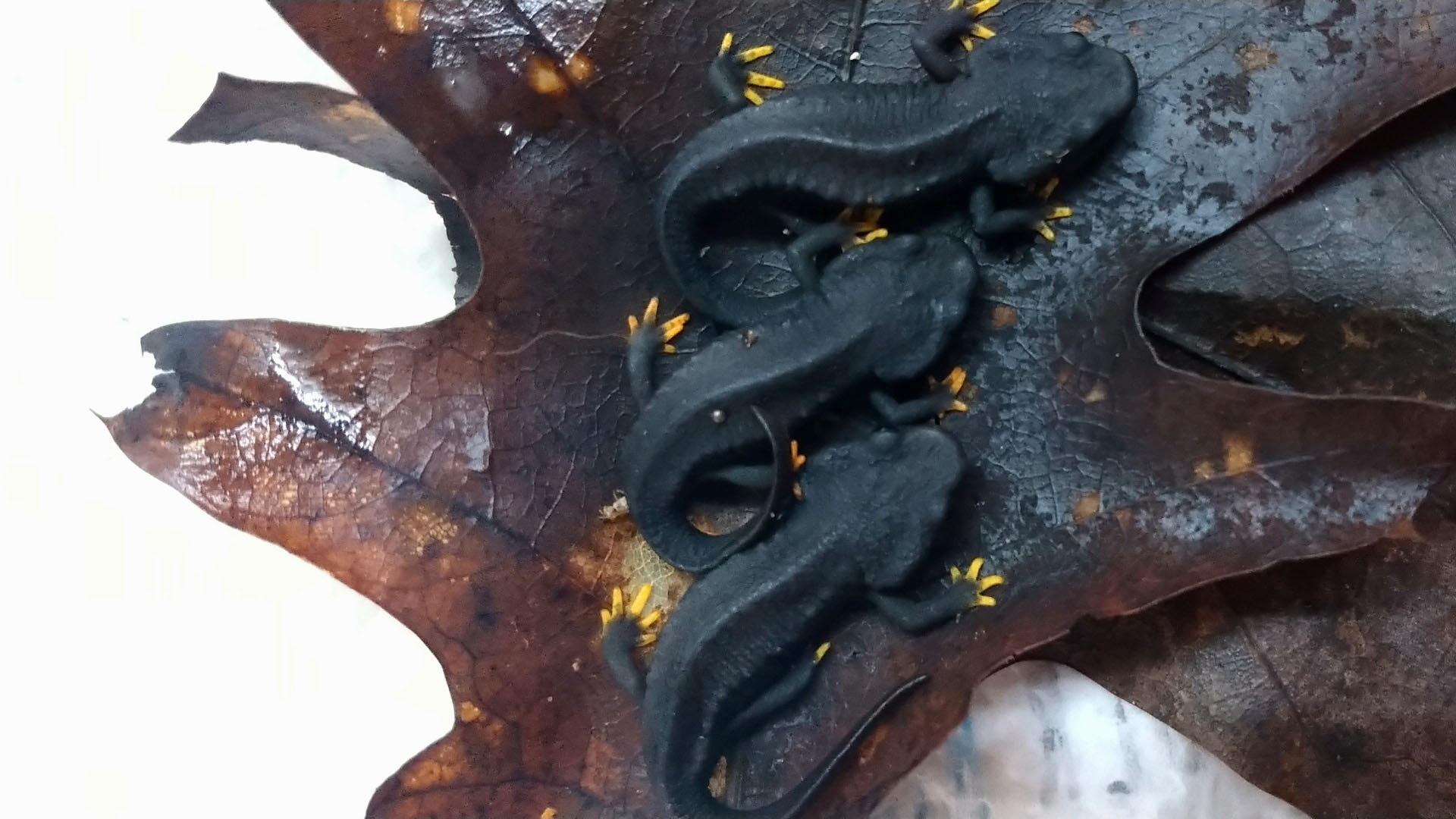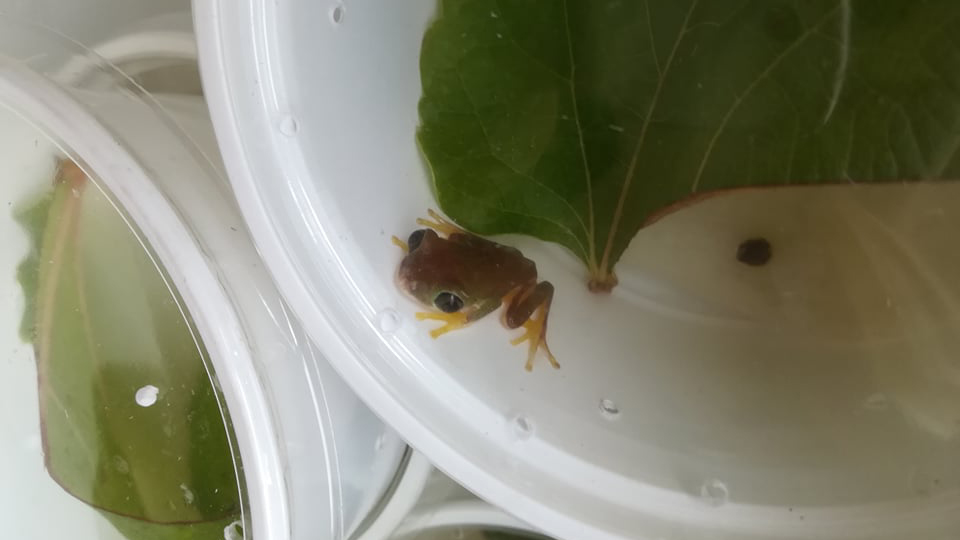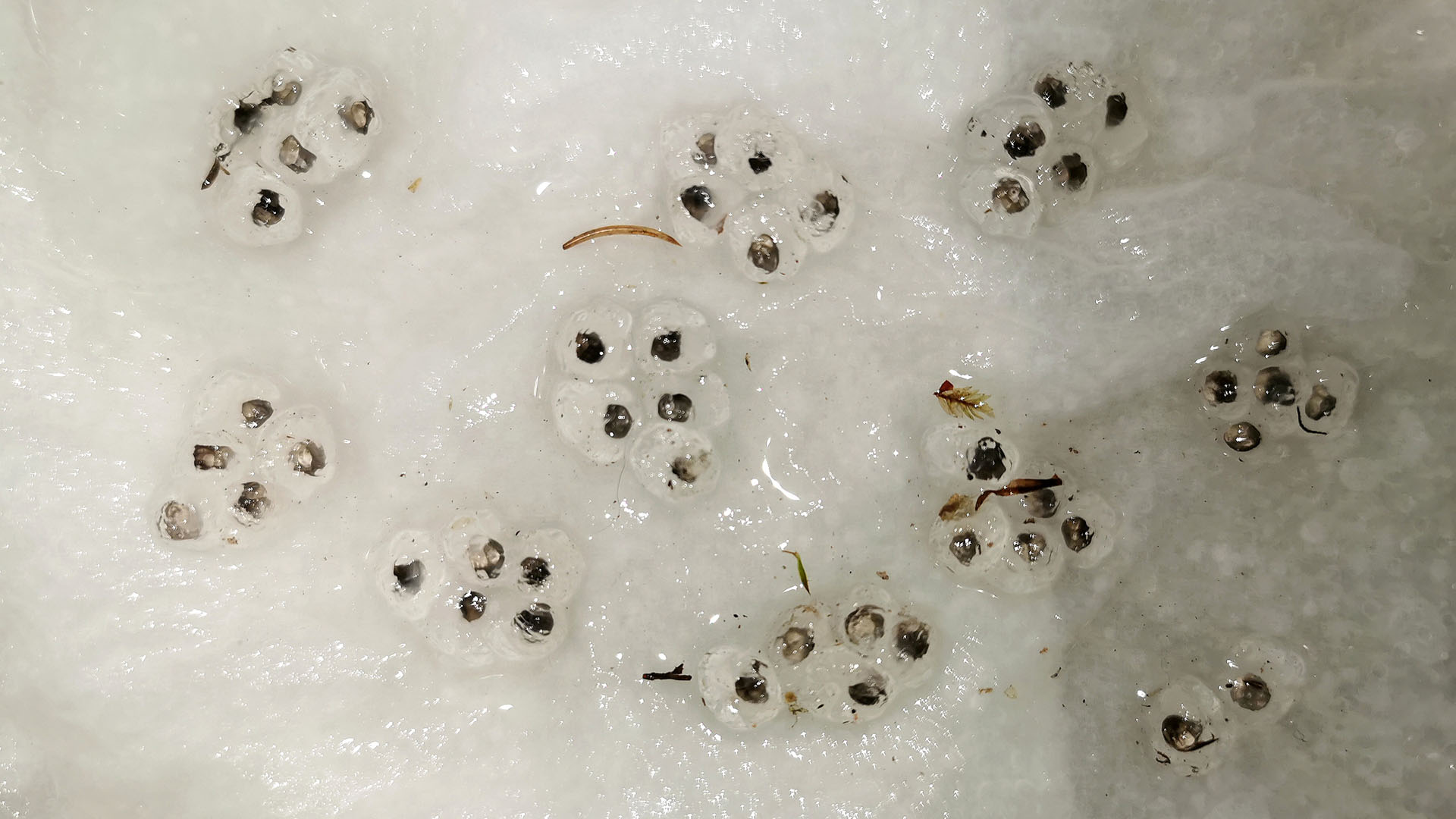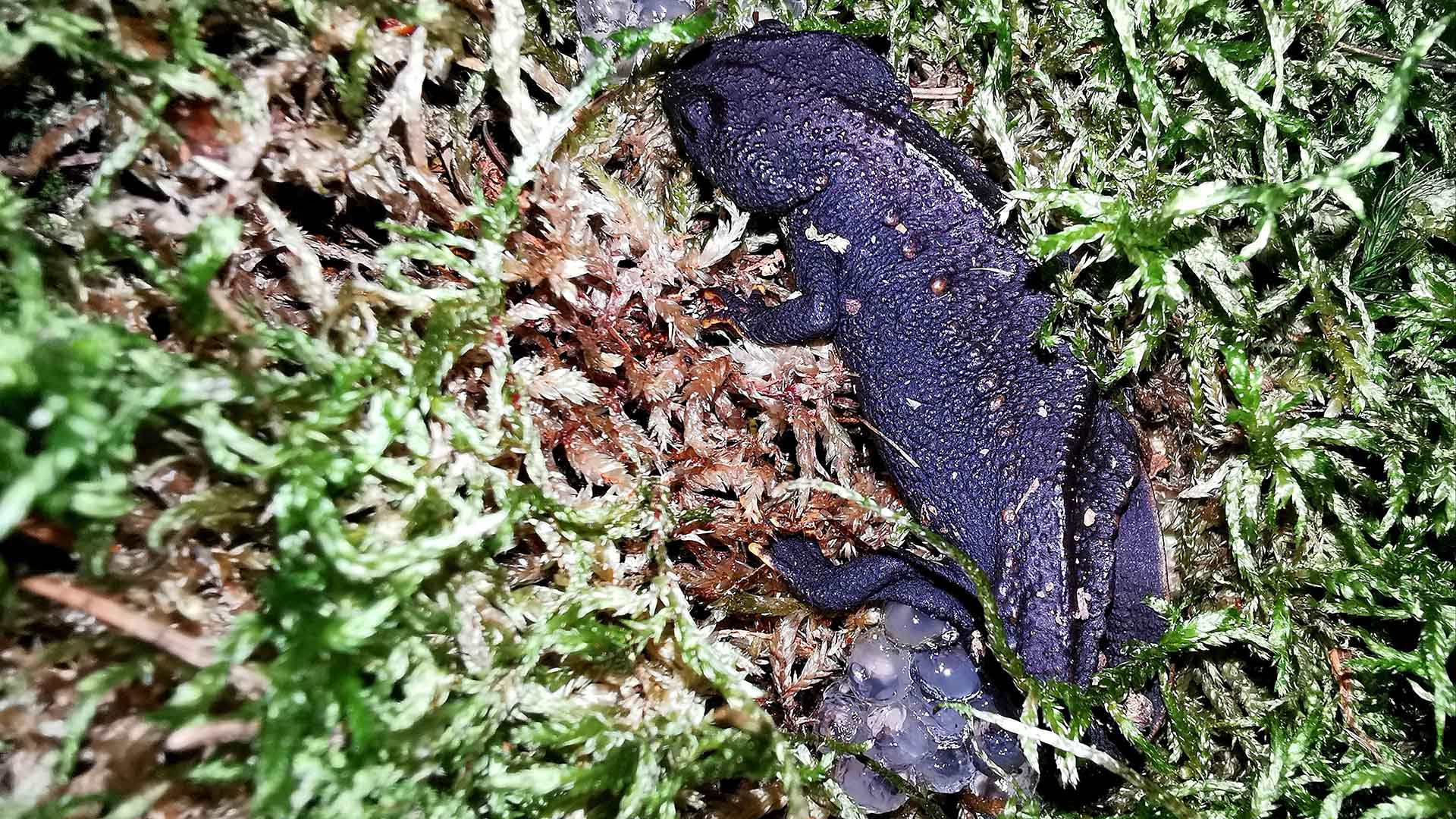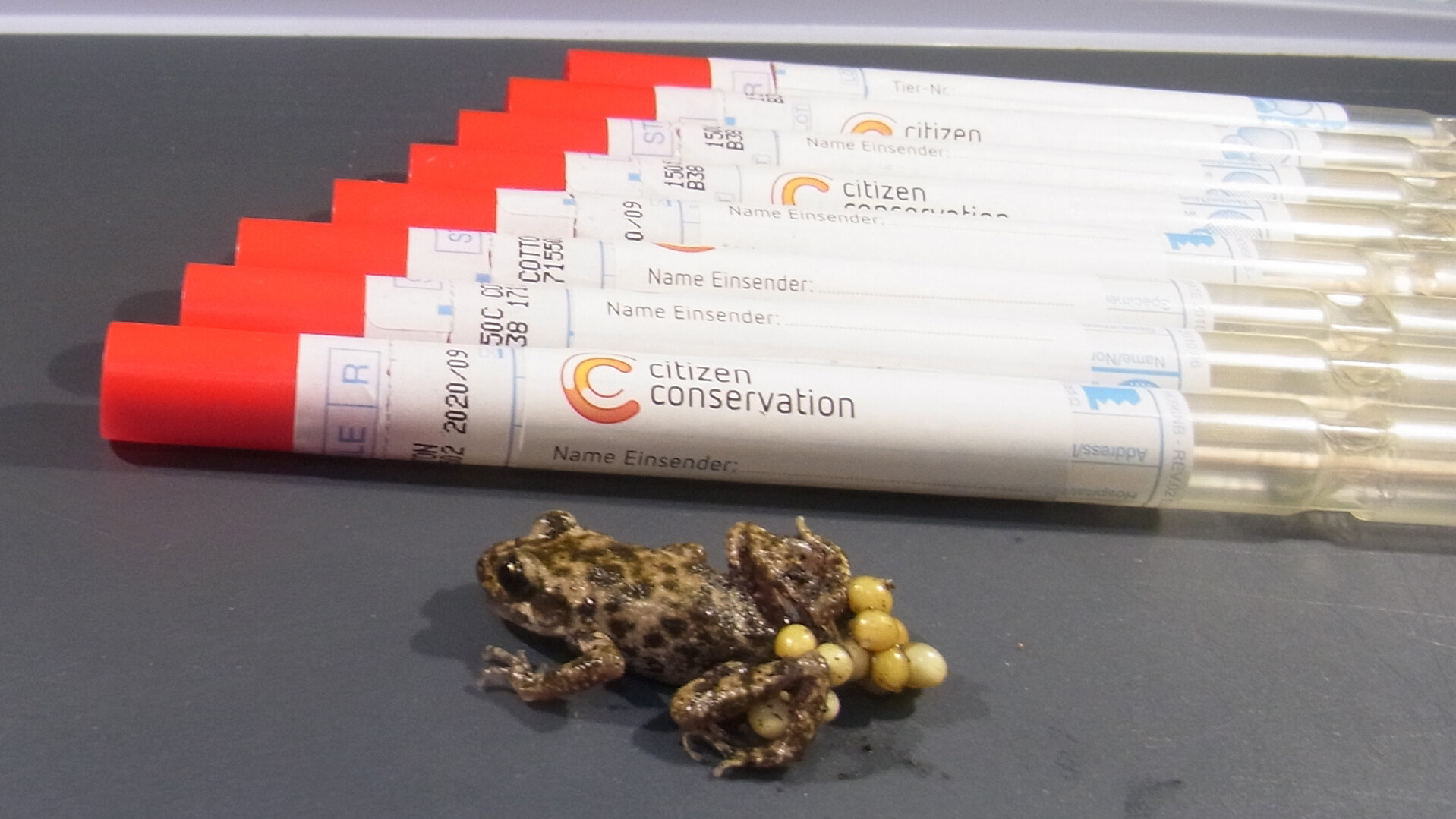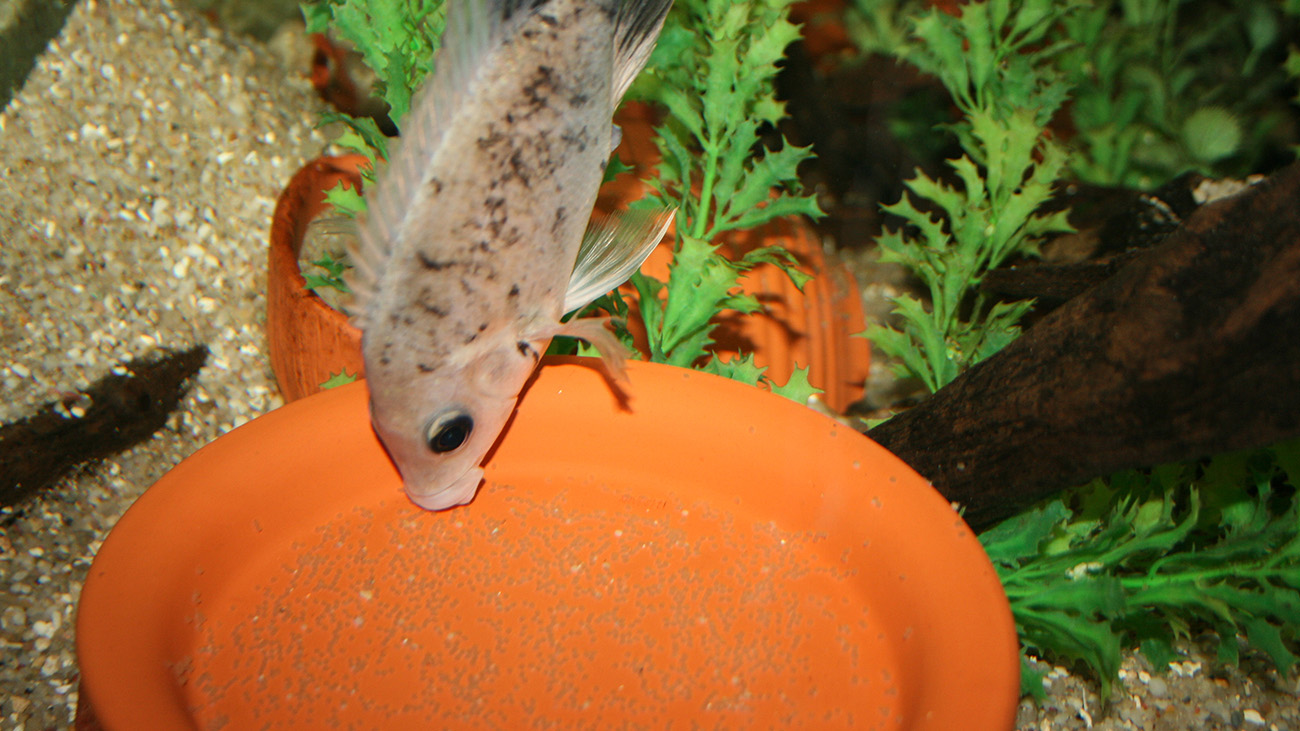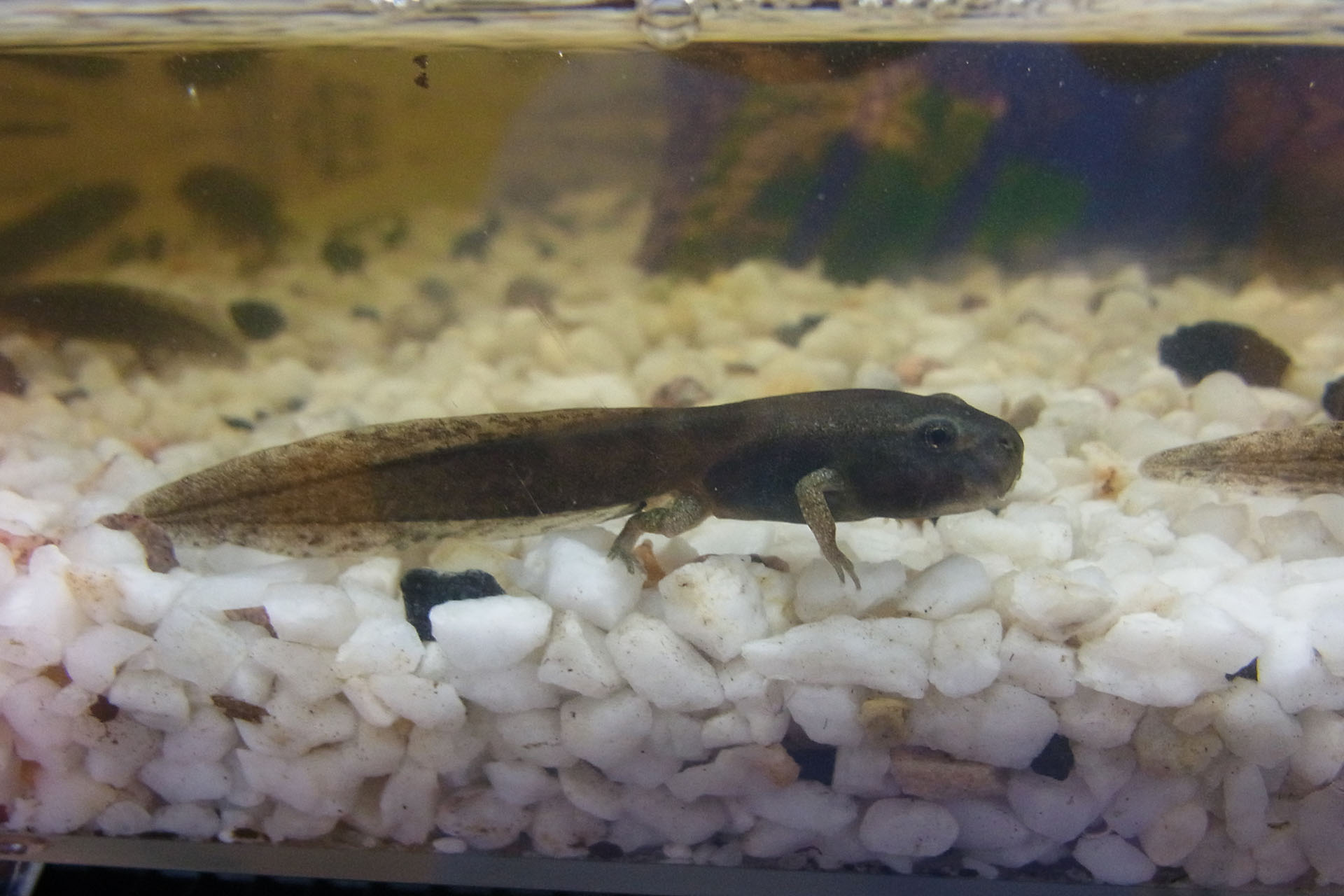
Protecting species - Animal inventory November 1st, 2020
Citizen Conservation is picking up speed. The founding year 2018 was mainly characterized by preparations and therefore largely theoretical, but in 2019, the first animals already moved in with participants of the conservation breeding program. And, looking back at 2020, you can see: It works! Not only did some animals already reach sexual maturity, but they’ve even had offspring. In addition, some already sexually mature animals that we adopted into the program promptly reproduced under the apparently very favorable conditions created by our breeders.
Amphibian blessing
We are very excited about the 245 little salamanders, toads, and frogs from four different species that saw the light of day (or rather the light of their breeders’ terrariums) as original Citizen Conservation animals. Lemur Leaf Frogs, Lake Patzcuaro Salamanders, Majorcan Midwife Toads, and Vietnamese Crocodile Newts – all species that are endangered or even on the verge of extinction in the wild but are frolicking in the care of our breeders. A good deal of their offspring has already been passed on to new breeders. We’re growing!
Paralyzed by the virus
Originally, we had planned a significant increase in the number of species in CC for 2020. But a virus was blocking our path. Two expeditions to catch breeding animals in Africa were harshly stopped. Planned imports from South America failed due to new restrictions, a lack of flights, and thinned out personnel on both sides of the Atlantic. But we are keeping track of our goals, and hope to be able to carry out our already well-prepared projects in 2021 and 2022.
New Species
2020 did bring some new additions: with the Majorcan Midwife Toad (Alytes muletensis), we are including an endangered European species with a changeable and downright dramatic history. And with the Oriental fire-bellied toads (Bombina orientalis), we are trying out another strategy for species protection. More on this soon, here on the site.
In any case, we are picking up pace, and we are excited to see what 2021 will bring!
Cooperation between private and institutional breeders: David Kupitz hands over CC offspring of the Lake Patzcuaro Salamander that he bred to Holger Kraus from NaturaGart Ibbenbüren, a show facility with zoo permits for everything to do with garden ponds and freshwater aquariums.
© NaturaGart Ibbenbüren
Stock overview May 2023
(You can scroll horizontally in the table.)
| Wiss. Name | Dt. Name | Bestand Tiere (m/w/u) | Anzahl Haltungen | Todesfälle 05/23 – 10/23 (m/w/u) | Abgabe extern 05/23 – 10/23 | Zugänge Nachzucht 05/23 – 10/23 | Zugänge extern 05/23 – 10/23 | Ziel (Tiere, Halter) | Status* |
|---|---|---|---|---|---|---|---|---|---|
| Amphibien | |||||||||
| Agalychnis lemur | Lemur-Laubfrosch | 51 (13/10/28) | 8 | 9 (1/1/7) | 0 | 16 | 0 | 225, 40 | 21 % |
| Alytes muletensis | Mallorca-Geburtshelferkröte | 701 (12/13/676) | 37 | 26 (0/0/26) | 0 | 401 | 0 | 425, 53 | 85 % |
| Ambystoma andersoni | Andersons Querzahnmolch | 69 (20/21/28) | 8 | 11 (5/3/3) | 0 | 8 | 0 | 225,40 | 25 % |
| Ambystoma dumerilii | Pátzcuaro-Querzahnmolch | 206 (60/46/100) | 27 | 62 (0/0/62) | 11 | 41 | 0 | 225, 40 | 80 % |
| Atelopus balios | Rio-Pescado-Harlekinkröte | 29 (9/9/11) | 4 | 1 (0/1/0) | 0 | 0 | 30 | ** | ** |
| Bombina orientalis | Chinesische Rotbauchunke | 243 (37/22/184) | 21 | 13 (0/0/13) | 0 | 50 | 13 | 225, 60 | 68 % |
| Ecnomiohyla valancifer | San-Martín-Fransenbeinlaubfrosch | 22 (0/0/22) | 1 | 0 | 0 | 0 | 22 | ** | ** |
| Epipedobates tricolor | Dreistreifen-Blattsteiger | 45 (0/0/45) | 4 | 0 | 0 | 0 | 45 | ** | ** |
| Gastrotheca lojana | Loja-Beutelfrosch | 12 (0/0/12) | 1 | 0 | 0 | 0 | 12 | ** | ** |
| Ingerophrynus galeatus | Knochenkopfkröte | 40 (12/11/17) | 6 | 11 (6/0/5) | 0 | 0 | 5 | 225, 40 | 16 % |
| Minyobates steyermarki | Tafelberg-Baumsteiger | 26 (5/4/17) | 5 | 0 | 0 | 0 | 11 | 110, 20 | 24 % |
| Phyllobates terribilis | Schrecklicher Blattsteiger | 33 (9/5/19) | 4 | 6 (2/2/2) | 0 | 13 | 9 | 225, 70 | 10 % |
| Salamandra sal. almanzoris | Almanzor-Feuersalamander | 24 (17/7/0) | 7 | 0 | 0 | 0 | 0 | 185, 30 | 18 % |
| Salamandra salamandra (D) | Feuersalamander | 152 (19/12/121) | 16 | 3 (0/2/1) | 3 | 0 | 72 | 330, 90 | 32 % |
| Telmatobius culeus | Titicaca-Riesenfrosch | 41 (12/14/15) | 7 | 0 | 0 | 0 | 5 | 225,45 | 17 % |
| Tylototriton vietnamensis | Vietnamesischer Krokodilmolch | 200 (39/33/138) | 28 | 36 (6/9/21) | 0 | 5 | 38 | 185, 30 | 97 % |
| Tylototriton ziegleri | Zieglers Krokodilmolch | 24 (7/3/14) | 6 | 4 (3/1/0) | 0 | 0 | 0 | 185,30 | 16 % |
| Fische | |||||||||
| Bedotia madagascariensis | Madagaskar-Ährenfisch | 144 (24/20/100) | 10 | 33 (9/6/18) | 0 | 56 | 13 | 192, 16 | 69 % |
| Cyprinodon veronicae | Charco-Azul-Wüstenkärpfling | 16 (6/10/0) | 2 | 0 | 0 | 0 | 16 | ** | ** |
| Limia islai< | Tigerkärpfling | 49 (5/5/39) | 3 | 0 | 0 | 0 | 49 | ** | ** |
| Parosphromenus bintan | Bintan Prachtgurami | 8 (4/4/0) | 1 | 0 | 0 | 0 | 8 | ** | ** |
| Ptychochromis insolitus | Mangarahara-Buntbarsch | 452 (15/18/419) | 12 | 37 (8/8/21) | 10 | 222 | 0 | 192, 16 | 88 % |
| Ptychochromis loisellei | Loiselles Buntbarsch | 216 (18/18/180) | 7 | 46 (7/1/38) | 0 | 65 | 0 | 160, 16 | 72 % |
| Ptychochromis oligacanthus | Nosy-Be-Buntbarsch | 1096 (8/9/1079) | 4 | 10 (3/2/5) | 0 | 1000 | 0 | 192,16 | 63 % |
| Reptilien | |||||||||
| Cuora cyclornata | Vietnamesische Dreistreifen-Scharnierschildkröte | 1 (1/0/0) | 1 | 0 | 0 | 0 | 1 | ** | ** |
m: male, w: female, u: undetermined sex
* Status = mean value of the percentage of the target number of keepers already achieved and the target number of animals
** To be determined.
